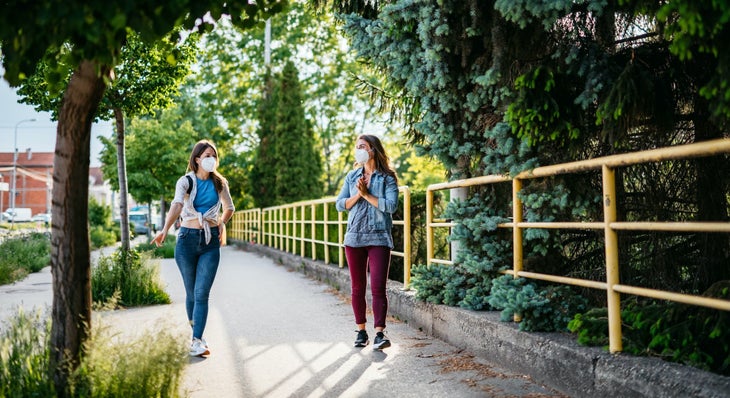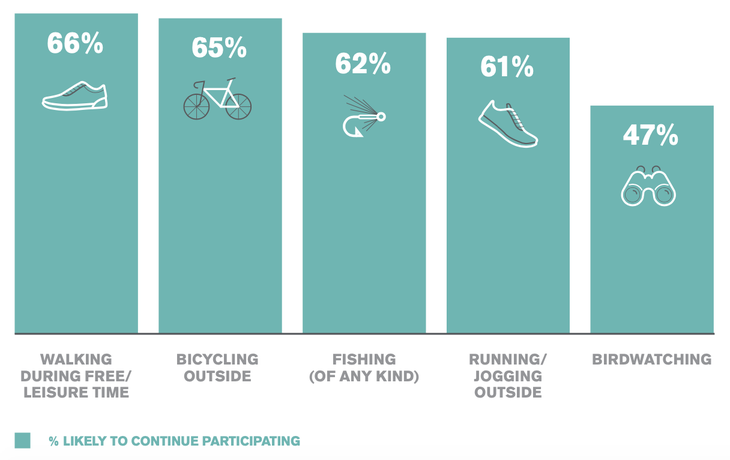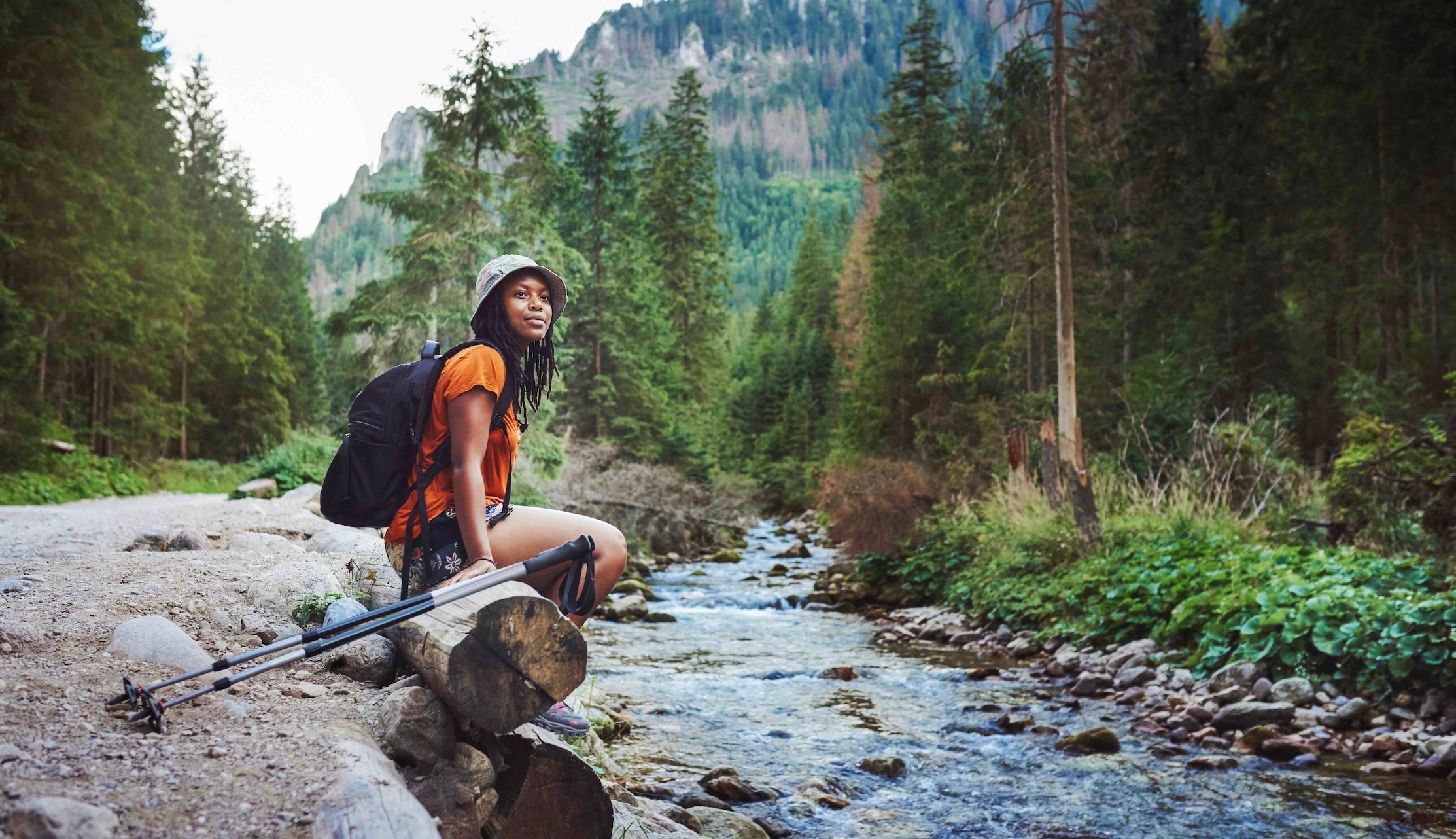Outdoor Industry Association released its latest participation report today, a standalone examination of the “new outdoor participant” commissioned from the research firm Naxion. The report set out to determine how the pandemic has affected activity in our industry—which consumers are spending money, where those dollars are going, and where the economics of outdoor recreation might be headed in years to come.
The past year brought some obvious, widespread changes to the outdoor industry, and as expected, OIA’s report reflects those shifts. Below is a summary of its key findings.
Shifting Participant Demographics
Perhaps the most surprising—and consequential—finding of the report is the apparently shifting demographic of the “typical” outdoor consumer. According to a release put out by OIA, new outdoor participants are “more likely to be female, younger, living in an urban area, and slightly more ethnically diverse” than participants of previous years.
More specifically, outdoor participants in 2020 were:
- 58 percent female (compared to 49 percent in 2019)
- 45 years old, on average (compared to 54 in 2019)
- 66 percent white (compared to 71 percent in 2019)
- 36 percent urban-dwelling (compared to 29 percent in 2019)
The report also found that participants in 2020 were slightly more likely to come from lower income brackets. In 2019, OIA concluded that 46 percent of outdoor participants earned $100,000 per year or more. In 2020, that percentage dropped to 41.

Most Popular Outdoor Activities
As for where these new participants are getting involved, the report states that “new participants are largely motivated by outdoor recreation opportunities with low barriers to entry that are available and accessible within 10 miles of their homes, including walking, running, biking, and hiking.”
The following are the percentages of new participants who said they started or resumed the listed activities since the onset of the pandemic.
- Walking: 58 percent
- Running: 28 percent
- Cycling: 26 percent
- Fishing: 15 percent
- Camping: 10 percent
- Backpacking: 8 percent
- Canoeing/kayaking/rafting: 7 percent
- Climbing: 7 percent
- Skiing: 5 percent
Coping with the Pandemic
The “why” behind these participation increases is perhaps more obvious, but the report delves into the question anyway. Of last year’s new participants, 62 percent said they started or resumed outdoor activities during Covid to “get some exercise,” while 57 percent said the goal was to “get or maintain fitness.” Connecting with nature was important for 51 percent of new participants, slightly higher than the 50 percent of people who said they spent time outdoors to manage stress.
Post-Pandemic Participation
The big question, as the world eyes a possible return to normalcy, is how many of these new participants will stick around after bars, restaurants, movie theaters, and other venues for recreation open up again.
“Most new participants hold a strong intent to continue their outdoor pursuits,” said Stephanie Maez, managing director at the Outdoor Foundation. She noted, however, that “about 25 percent say that travel, resuming other activities, and family demands will challenge their free time and ability to continue to recreate as they currently do” after the pandemic is over.
“Now is the time to embrace new participants and develop programming for them to continue their outdoor pursuits,” Maez said.
Those most likely to continue their activities after the pandemic is over include participants in walking, cycling, fishing, running, and birdwatching.



